Where and how to plant cherries?
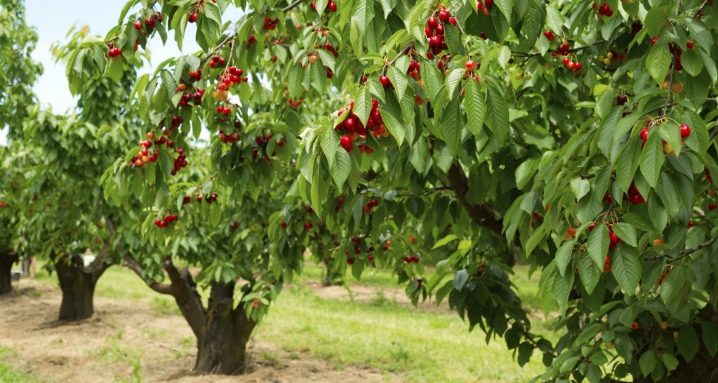
Fruit trees should not be planted anywhere, but guided by certain features of their location and mutual coexistence. If they are properly planted, a stable symbiosis is observed, if not, the tree will not take root.
Optimal timing
The optimal dates for planting cherries are autumn and spring. For the southern regions of Russia, if the winter turned out to be snowless, and the air temperature remained positive, they also plant in winter. One of these places is Big Sochi - there are almost never frosts there, and the closedness of the zone by mountains from the north allows planting some fruit crops even in the winter months, but this is a rarity. Basically, most gardeners follow the spring planting rules. It is best to plant a tree in early spring, when the buds have not yet swollen, and the sap flow of woody vegetation has not come. The snow should melt, and the ground should warm up to an average of +7.
The survival rate of cherries in a new place during spring planting is maximum: the tree will have time to put down new roots, grow up and survive the first winter without problems, which cannot be said about autumn planting.
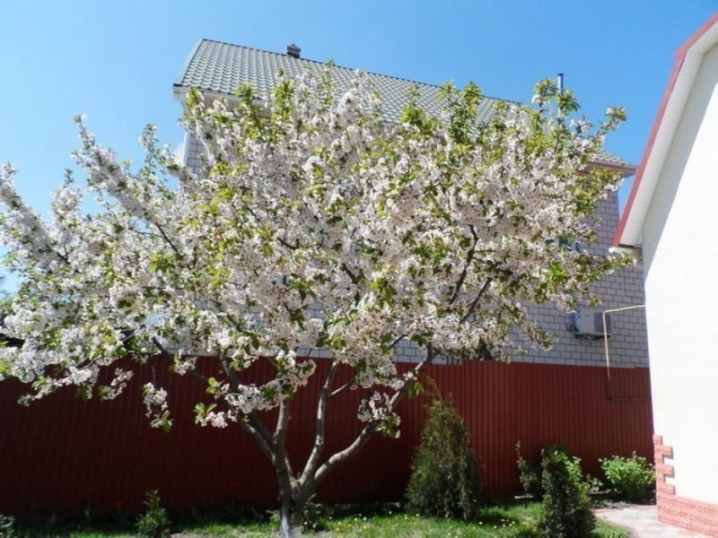
In the south of Russia, it is possible to plant cherries in the fall... Disembarkation time - at least a month should remain before the onset of cold weather. The first night frosts are considered the beginning of cold weather. The advantage of an autumn planting is that the seedlings will not face the drought that they have to overcome. Experience shows that it is best to plant new trees in March and early April. Summer landing, even with all safety precautions, is excluded.
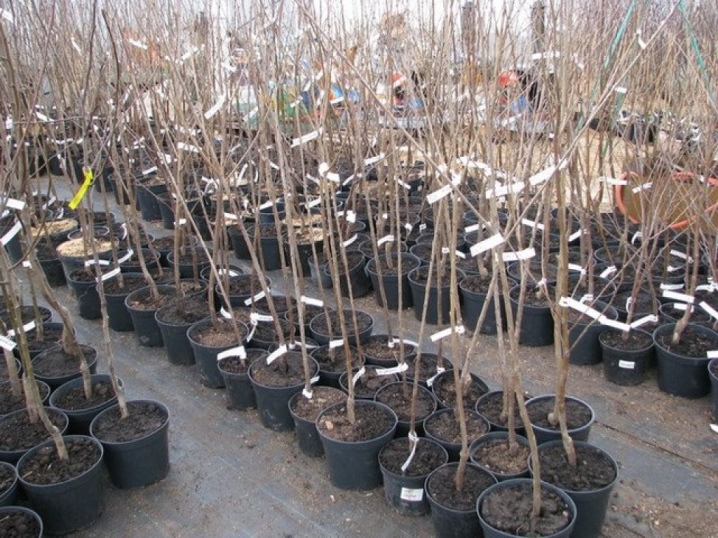
Seat selection
In a garden suburban area, the landing site should be well lit. At least a little wind must penetrate there. Planting trees in places where there is no protection from the cold north wind can result in the death of some of them in the very first frosty winter - in the icy wind, they will most likely freeze the branches. The best option is a protective barrier from other trees, walls of buildings and structures, you can plant a tree behind a fence. If a slope is chosen, then it should face south or southwest.
A close approach to the surface of groundwater (less than 2.5 m) and a swampy place will not work - excess water displaces air from the soil, which the roots should receive.
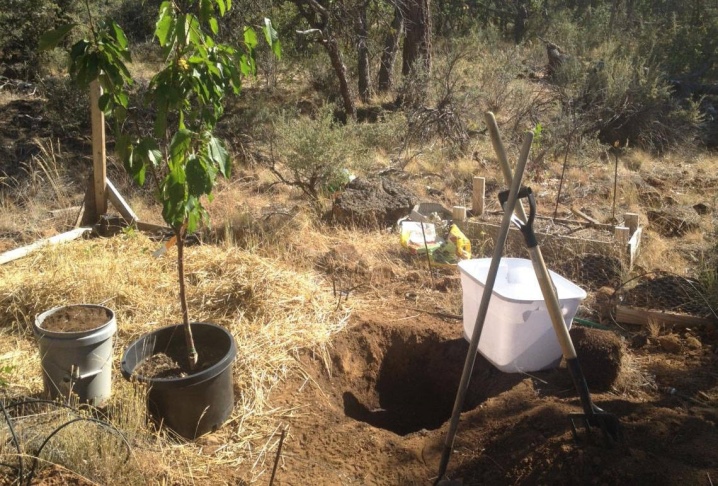
The soil
Cherry, as previously said, does not like excess moisture. Swampy loam, into which an almost negligible amount of air penetrates with difficulty, will lead to the fact that the roots simply rot. The loam must be fertile - ordinary fine-structured chernozem, for which additional fertilizer is applied in the form of peat and plant residues. Lack of moisture is combined with loamy soil, excess - with soil containing an increased amount of sand. At the same time, the soil has a loose structure - do not trample, tamp the soil, since a seedling deprived of air in the root zone will most likely not take root. Excessive moisture requires timely removal of moisture with the help of additional drainage.
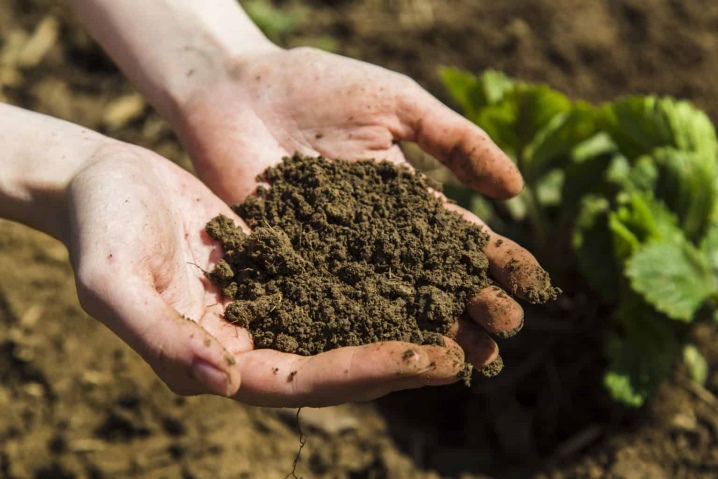
Soil acidification is allowed by no more than 7.1 in terms of hydrogen index (in general - a neutral environment, with a slight bias towards alkalization). Overly acidic soil damages plants.Due to the increased content of carbonates, chernozem, fertilized in a timely manner, is allowed with an indicator of up to 8. A significant deviation from one or another limit leads to the non-viability of planted trees.
On salty soils, near salt lakes, seedlings demonstrate a total unacceptability: this is not a tree that would withstand such harsh conditions, even if it were grown from a stone.
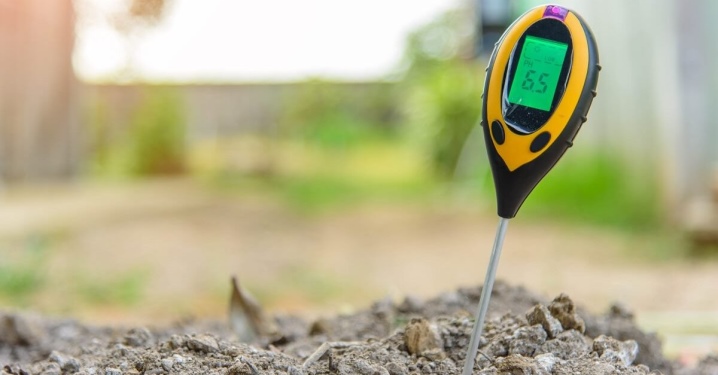
If in your area there is no point where groundwater would recede from the surface of the earth by more than 2.5 m, you should fill a hill. It is advisable for this to hire a bulldozer, which will distribute black soil on the site in such a way that a hill is formed. The height of the hill is about 2 m, the radius is not less than 2.5 m. This will allow the cherries to move their roots away from the level that is dangerous for it, at which air is completely displaced from the ground.
When the site is located on a low bank of a river or lake, where groundwater has come close to the surface, the hill is poured from imported land, and its height and width become significant.
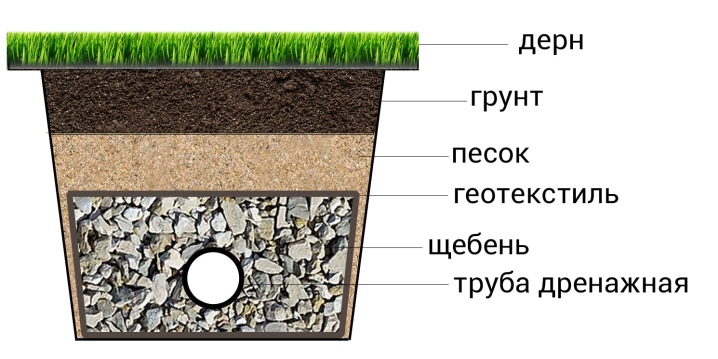
Compatibility with other plants
In this case, the pollinator of cherries is any bee that lives in your area. She also pollinates related crops - cherry, for example. There are cases when, when pollinating cherry flowers with pollen from a cherry, a hybrid fruit, the so-called sweet cherry, can grow. Seedlings belonging to such a culture have been actively distributed among summer residents and gardeners in recent years. This means that it is not only possible to plant cherries next to cherries, but also necessary - this practice is used by professional farmers, whose competence includes vast orchards of several hectares grown for the sake of large volumes of harvest sales. But sweet cherry is compatible with almost many fruit and berry crops.
The main thing is to prevent weeds from growing around it that attract pests: make timely mowing of the grass.
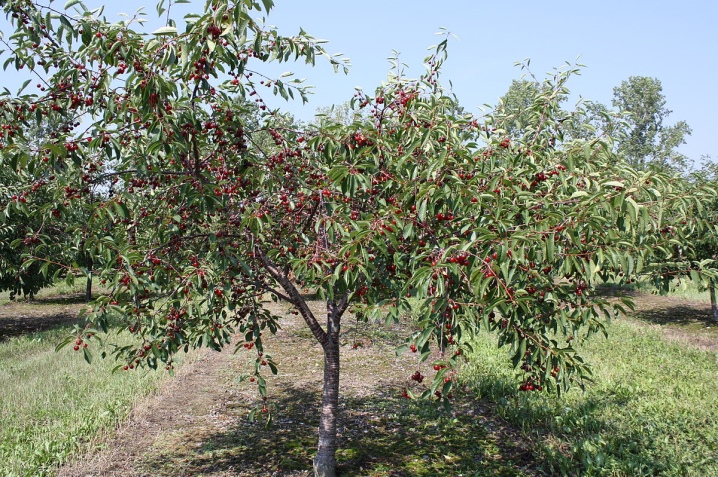
Preparation
Prepare suitable seedlings before planting trees. Choose the best, healthy, tall ones. However, this does not mean that undersized, smaller trees in growth and spread of branches will not take root. If the summer resident takes care of them in a timely manner, preventing the growth of weeds and other weed annuals, applies folk remedies against pests, feeds them in a timely manner, fertilizes the land around young trees, water them on schedule, without saving on water in heat and drought - even small ones initially the seedlings will grow in excellent conditions.


Sapling selection
Avoid sick seedlings affected by pests - from insects to rodents. Do not use for planting those specimens that have had time to get sick, were processed during treatment... If there are no leaves on a particular specimen, but there are clearly formed buds, then this is not a disadvantage: with significant warming, when the vegetation "wakes up", the buds themselves will crack and sprout new shoots.
It is recommended that you select those instances with which you have not yet performed any manipulations, for example, cutting off the main branch. If necessary, you should cut the plants yourself, not the seller: his task is to sell viable and zoned (adapted to the conditions of your region) seedlings. It is impossible to plant varieties and specimens used, for example, in the Krasnodar Territory, in the Rostov region.
But backward compatibility - a cold-resistant sweet cherry variety planted in a relatively warm region - is possible: the survival rate in this case is high, and the harvest will turn out to be very good if there is no drought in the summer.
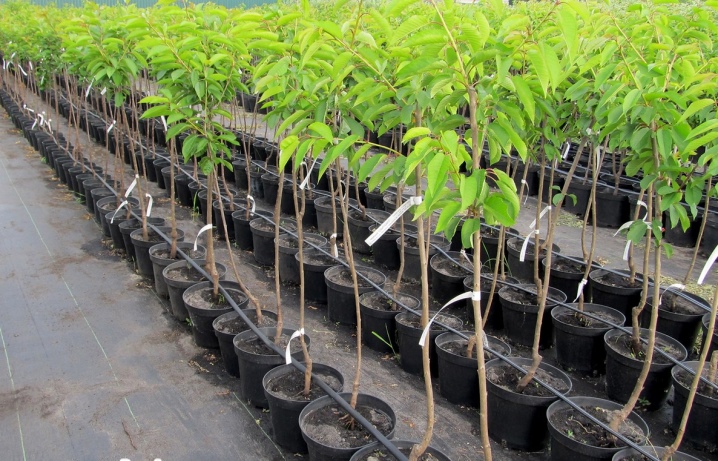
Landing pit
A planting pit for cherries is prepared about a month before planting a seedling. For a variety planted in spring, the pits are prepared in the fall. The depth of the pit does not exceed 60 cm and cannot be less than 50 cm. The diameter of the pit is up to a meter. Depleted land - clayey (chestnut soils of the Caspian Sea coast, semi-desert-steppe regions) - needs to be dug to great depth and diameter. Around the future tree, nutrients are introduced in a large volume, which includes diluted dung and mullein, peat-sandy loam mixture, rotted and composted cleaning and paper (without plastic), and more. In the presence of a particularly heavy clay layer, sand is poured onto the bottom of the pit, a sand-expanded clay mixture by 20 cm, it will serve as a drainage, removing excess moisture away from the root system.
An alternative option is mixing sandy loam with loam (or sand with clay) in a 1: 1 ratio, with the addition of a significant amount of peat and other plant residues to the resulting mixture. Fertilizers can be applied in any proportions - the material with which the roots of the seedling are poured should not consist entirely of peat and other plant residues.
Too much aggressive (manure and urea) fertilizers would mean that the seedling would not take root: an excess of decomposition products, which are rich in any manure fertilizer, would acidify the soil to dangerous levels. The plant would simply “burn out”.
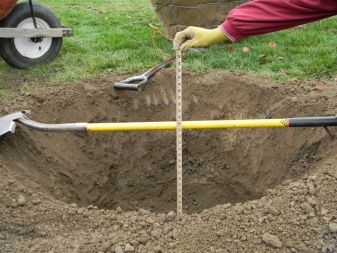
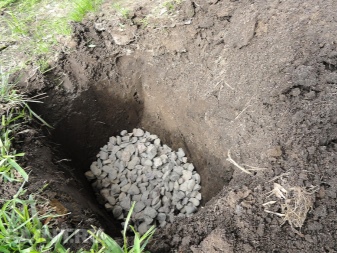
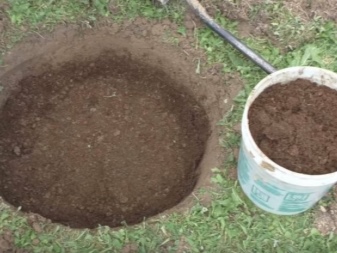
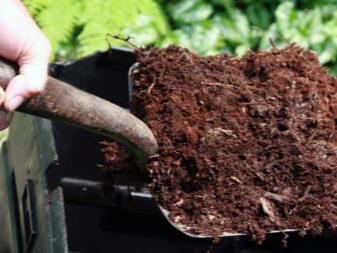
For the winter, the covered hole is covered with pieces of wood or slate, roofing felt and other relatively moisture-proof materials. This will prevent the nutrient organics from washing out of the soil in the place where the seedling was planted, or the soil is thus prepared for planting it.
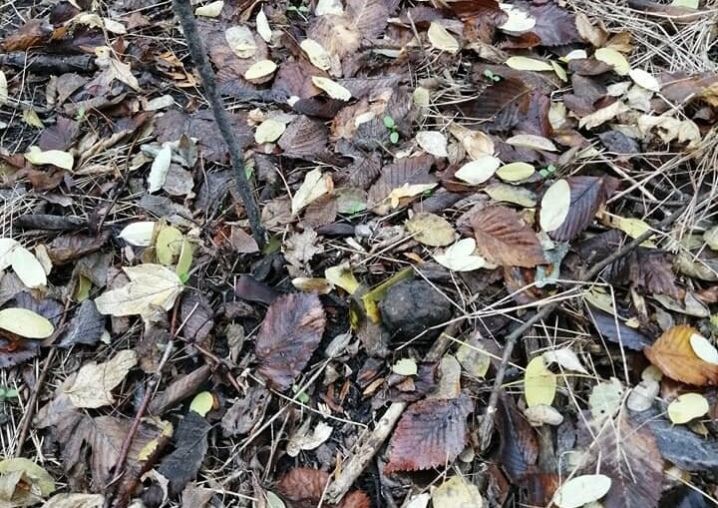
How to plant correctly?
After the summer resident or gardener added the required amount of fertilizer to the soil, carried out open development of the soil, it is necessary to plant cherries at a distance of at least 4 m from other trees. There should be enough space between the trees so that the root system of two neighboring trees does not touch in any way, does not begin to intertwine. The fact is that too closely planted trees will compete for existence in a relatively narrow place, which means that the productivity of both of them will sharply decrease.
This rule is true for any fruit and berry crops: symbiosis, as in the case of weed annual grass and some vegetable crops growing for one year during spring and summer, which do not occupy the same place with the same plants for many years, will not work.
Trees should also be several meters away from the fence and the house. The ideal option is to plant them inside the garden, but this does not mean that they should grow in a dense group. If each tree is not given a diameter of at least 4 m in the area for sustainable root growth and excellent adaptability to final conditions, then they will not grow large and spreading.
An option is possible when the growth of side branches leads to the formation of a thicket through which the summer resident cannot pass. And excessive thickening, in turn, does not allow the formation of a large number of inflorescences, does not allow bees to pollinate them during the flowering season. Do not plant trees at a close distance from a solid (deaf) fence - this summer you will create stuffiness for the trees. Good pollination requires ventilation, sufficient living space - do not try to save on square meters and hectares of land, a miracle will not happen anyway. Having violated the rules and planting scheme, the gardener runs the risk of facing a complete failure of harvest in the years of active and maximum fruiting.
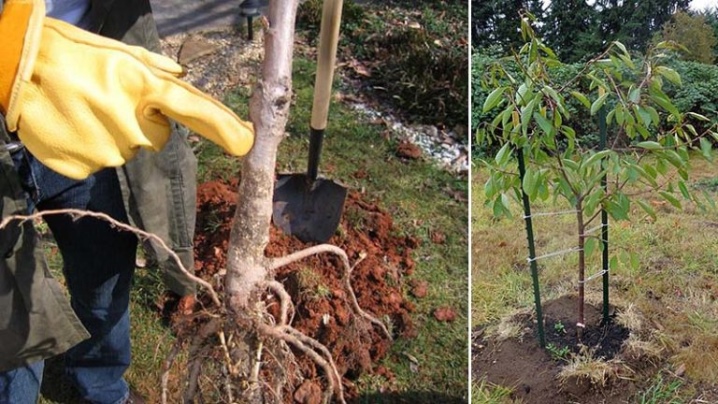
Landing nuances, taking into account the region
Landing dates in different regions of Russia have been shifted. So, in Altai and in the middle lane, including, for example, the Moscow region, the spring planting may shift to the end of March or the beginning of April. In the southern part - early March or mid-October. For the regions of the northwestern part of the country, this is the beginning or middle of April, mid or end of September. For the regions of the Middle / South Urals, it is advisable to plant cherries in early or mid September, in the middle or closer to the end of April,when night frosts disappear: the absence of sub-zero temperatures in the morning is the only and immutable rule that cannot be neglected. The rest of the regions are only suitable as a place where you cannot do without a greenhouse, and permafrost can destroy the lower roots, which are vital for a young and mature tree.
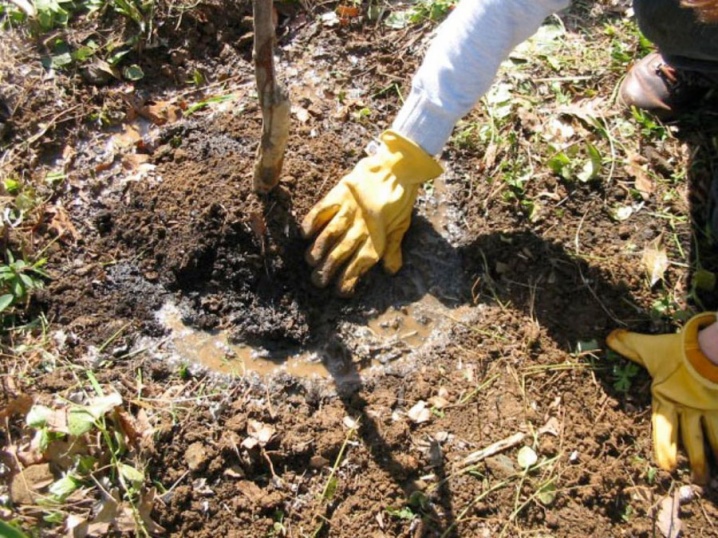
Follow-up care
The tricks of open care are not so scrupulous in observing that the tree will survive, take root and bear fruit annually. A tree planted in open ground should only be protected from overgrowing the space near it with unnecessary vegetation, fed in a timely manner (in spring) by applying potash and phosphate fertilizers, as well as ash and organic waste / vegetation residues. But it is still necessary to supplement the list of basic recommendations for caring for cherries.
-
Additional care of a young and mature tree consists only in sanitary pruning. - removal of dried, frostbitten (dead) branches, cutting the tops at a height of 4-6 m (so that harvesting does not become a difficulty that accompanies all types and types of climbing work). Ideally, cherries, like any other fruit tree, are pruned so that the fruits during harvesting can be reached from the usual four-section ladder without risking falling off it. For adults, elderly people who do not have the former motivation to climb almost to the very top of the tree, using the branches and their nodes from which these branches diverge as a support, the tactics of cutting and sawing off excess branches that create a crown with a height of more than 4 m are advisable.
-
Timely pruning of cherries allows the tree to bear fruit until it reaches 30 years of age. After crossing this age level, the tree is rejuvenated - most of the old branches are cut off, leaving only a few main, skeletal-forming ones. You cannot completely cut off all the branches, leaving only a piece of the trunk - this method is applicable only for wild-growing ornamental crops, and not for fruit crops. The hereditary "cultivated" properties, characteristic of the buds grafted onto the former seedling, from which these branches once grew, will lead to a complete loss of the cherry crop quality: the variety will be far from what it was. And if a sweet cherry was grafted onto a wild tree that has nothing to do with fruit crops, then the loss of yield is guaranteed - it will turn into a "barren flower" of unknown origin.
-
Young shoots growing in new places on the trunk will quickly, in a few years, turn into branches that can bloom and bear fruit. Trees that have outlived their time - mostly specimens of cherries, which are more than half a century old, must be replaced with new, young ones. Young seedlings are planted several years before the old ones are completely uprooted. During this time, the younger generation, replacing the old, will have time to grow, and practically no additional problems with the yield of the garden renewed in this way will arise.
-
In order for the garden in which the sweet cherry grows to please you with a good harvest every year, use pest control products. Sweet cherries can be sprayed with folk remedies - for example, soapy water prepared on the basis of laundry soap, boric acid (diluted no more than 10 g per bucket of water), a weak iodine solution (no more than 1 ml per bucket of water). Iron and copper sulfate are a popular remedy for the protection and partial feeding of trees.
-
Do not get too carried away with industrial chemicals that are equal in strength to pesticides and herbicides. Use only the simplest "chemistry" that does not harm humans: with its help, it is possible to achieve a persistent effect of the absence of pests - from fungus and mold to insects and rodents.
-
Do not try to apply industrial poison from house and field mice on the site. Get rid of them in alternative ways.Beavers, moles and other soil animals that destroy the roots of trees and shrubs should not be found on the site. Remember that synthetic pest poison can get into the fruit during the harvest period, and from there into the human body.
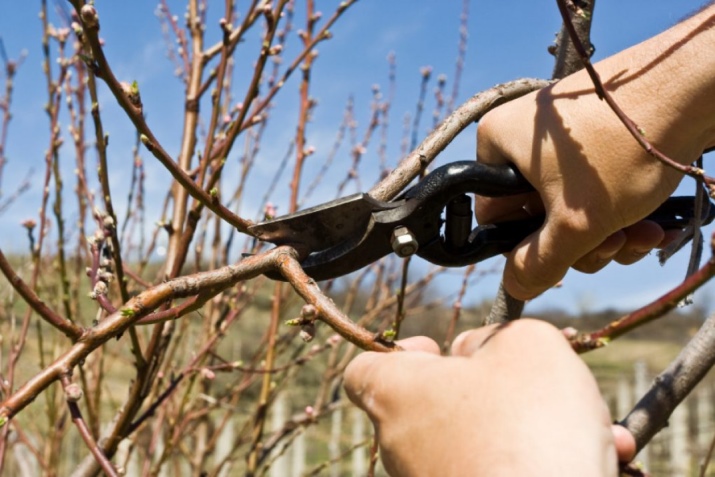
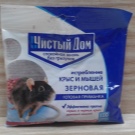
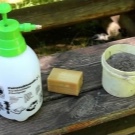
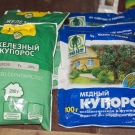
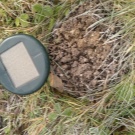

When planting new cherry seedlings next to old ones, adhere to the following scheme.
-
Step back 4 m from the trunk of the old tree.
-
From the resulting mark, retreat at least two more meters.
The roots of old and young trees should not touch - even when the old tree, by the time the young "matures", completely withers away. By observing all the above recommendations, you will get a good harvest of cherries and other crops growing on your site every year.









The comment was sent successfully.